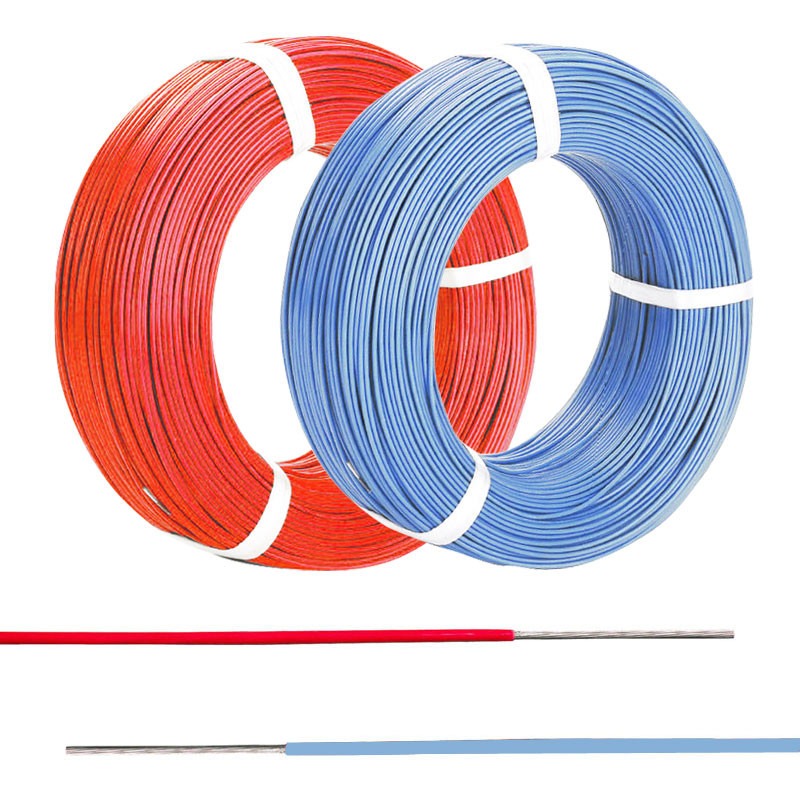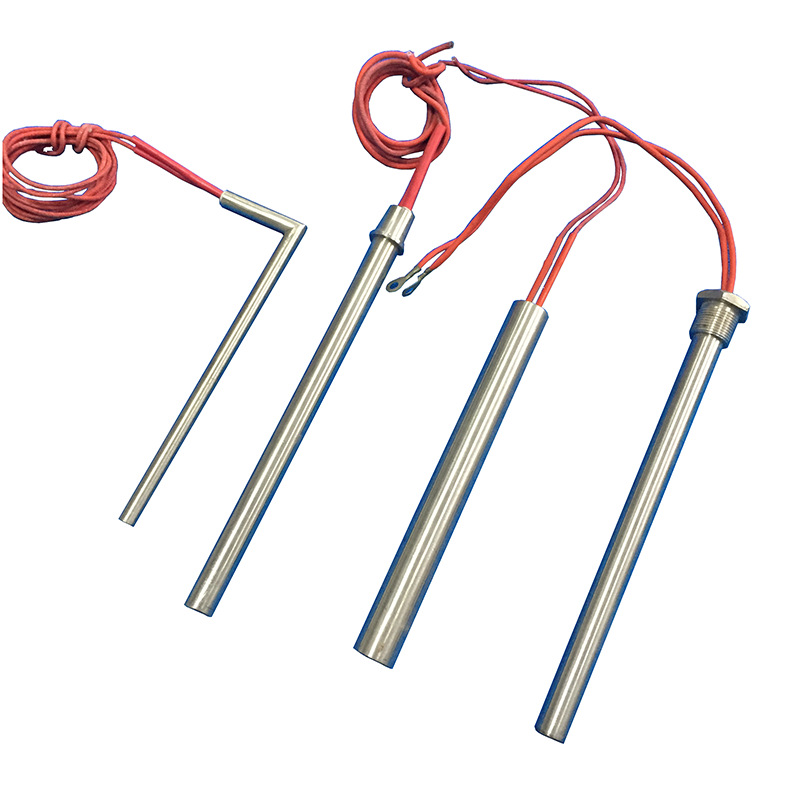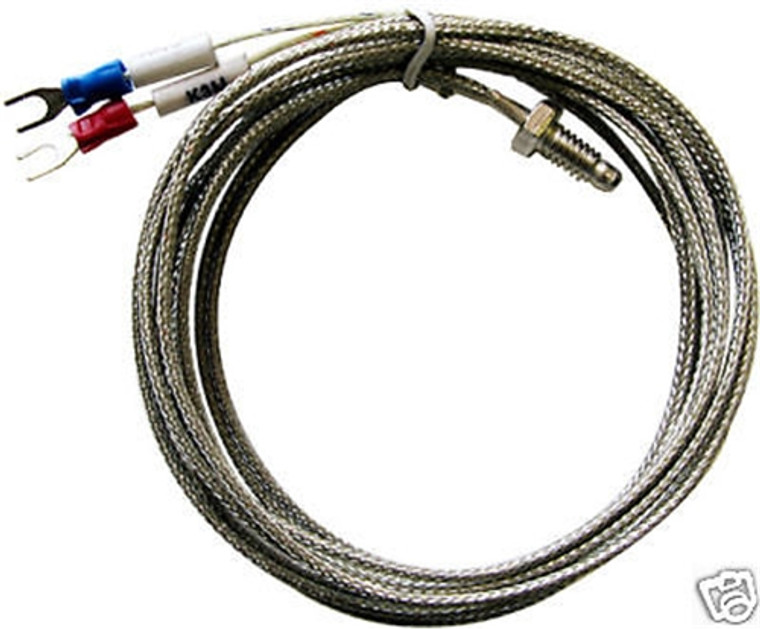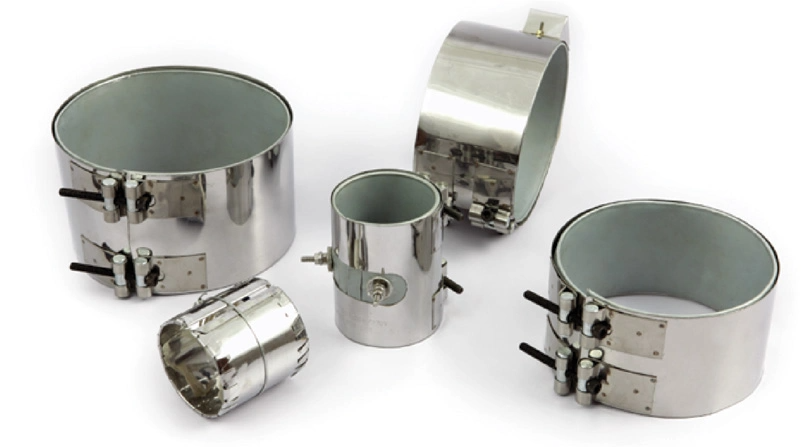Precision manufacturing, electronics, and advanced materials all depend on controlled high-temperature processes. At the core of many of these processes is a ceramic furnace. But this isn’t just another heat chamber. It’s a critical technology that allows materials to be treated, altered, and perfected with exceptional accuracy.
A ceramic furnace heater is a high-temperature heating system specifically designed to process materials using ceramic insulation or ceramic components within its structure. These furnaces are often used for sintering, heat treatment, material testing, and calcination in industries like metallurgy, electronics, and advanced ceramics.
The defining characteristic of a ceramic furnace is its ability to maintain uniform, stable temperatures up to 1800°C (3272°F), depending on the model. This stability is crucial for processes like ceramic sintering, where consistent heat is necessary to bond particles without melting them.
There are two primary configurations:
- Chamber Furnaces: Fully enclosed systems with ceramic fiber insulation lining the heating chamber. Used for batch processing.
- Tube Furnaces: Cylindrical chambers with ceramic tubes. Ideal for controlled atmosphere reactions and small-scale research.
Why Ceramic Furnaces Matter
Traditional metal-based furnaces can’t handle certain conditions without deforming or contaminating the materials being processed. Ceramic furnaces, however, are chemically stable and thermally resistant. That makes them essential for:
- High-purity environments: No risk of contamination from metal parts.
- Extreme temperatures: Ceramics withstand more heat than metal.
- Energy efficiency: Modern ceramic insulation reduces heat loss.
Ceramic insulation materials, such as alumina (Al₂O₃), zirconia (ZrO₂), or mullite, are engineered to trap heat and reflect thermal energy back into the chamber. These materials exhibit:
- Low thermal conductivity
- High refractoriness
- Excellent dimensional stability
Key Applications
Ceramic furnaces aren’t just for research labs. They play a central role in many industrial workflows:
- Ceramic and glass sintering: Powders are consolidated into dense, durable parts.
- Powder metallurgy: Metal powders are heat-treated to form strong components.
- Semiconductor processing: Used for diffusion and oxidation in chip fabrication.
- Material testing: Simulates extreme environments for aerospace and automotive parts.
Atmosphere Control Options
In some cases, materials must be treated in inert or reducing atmospheres to prevent oxidation. Tube-type ceramic furnaces are often paired with gas flow systems that allow precise atmosphere regulation. Common gases used include:
- Argon
- Nitrogen
- Hydrogen
This capability is critical for synthesizing advanced materials like battery cathodes, fuel cells, and nanomaterials, where air exposure could ruin results.
Choosing the Right Ceramic Furnace
When selecting a ceramic furnace, several factors should be evaluated:
- Maximum temperature: Match the furnace to your process requirements.
- Heating elements: MoSi₂ and SiC are the most common. MoSi₂ can handle higher temperatures but is more brittle.
- Chamber size: Depends on whether you’re doing research or industrial-scale production.
- Atmosphere compatibility: Not all ceramic furnaces support gas environments.
Final Thoughts
Ceramic furnaces offer unmatched precision and thermal control for industries that demand high-performance heat treatment. For engineers, researchers, and manufacturers, understanding the capabilities and limitations of ceramic furnaces isn’t optional. It’s essential for pushing material performance to new levels. If you’re investing in quality, consistency, and advanced material processing, then knowing how a ceramic furnace works and choosing the right one can directly impact the success of your operation.














